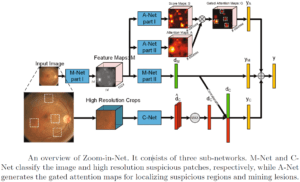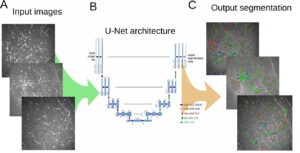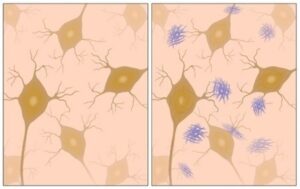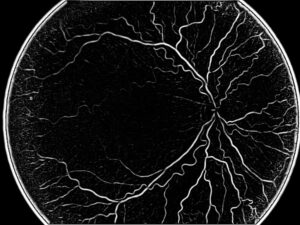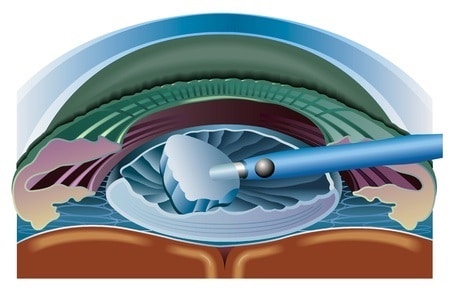
The first step in cataract surgery requires placing the eye within appropriate markers, which will enable the software to keep track of the eye in all its elements and points of interest. That’s exactly the contribution of the software: by being all the time aware of the eye position and orientation, it performs several tasks:
- It helps the surgeon in managing the surgical procedure, by tracking points of interest and eventual changes in the relevant area. For example, it will keep track of the exact place where the cut was made and the instruments introduced, in order to reuse it and minimize the number of cuts.
- Understand directions, in case the patient suffers from astigmatism (irregularly shaped cornea or lens, which blurs or distorts vision): the direction of cylinder needs to be properly assessed.
Our technology is able to help the surgeon navigate through all these areas by keeping track of all significant points. It does that via an overlay upon the microscope, through which the surgeon sees the eye of the patient when he or she performs all parts of the cataracts surgery: introducing the instruments, breaking the corrupted lens, removing all its pieces and placing the new intraocular lens.
Cataract surgery software is also able to take into account any movement of the spherical eye bulb, generally due to the intensive work by the surgeon’s instruments on the eye itself: this feature in the software is needed to ensure the accuracy of the tracking system.
This is one more challenge in the field of image processing. It’s a detection and extraction problem which RSIP Vision solves with sophisticated algorithms providing the highest accuracy in real time. Learn about our other ophthalmology work and consult us for all your computer vision and image processing projects. You can also have a look at our monthly online magazine Computer Vision News.

 Ophthalmology
Ophthalmology
